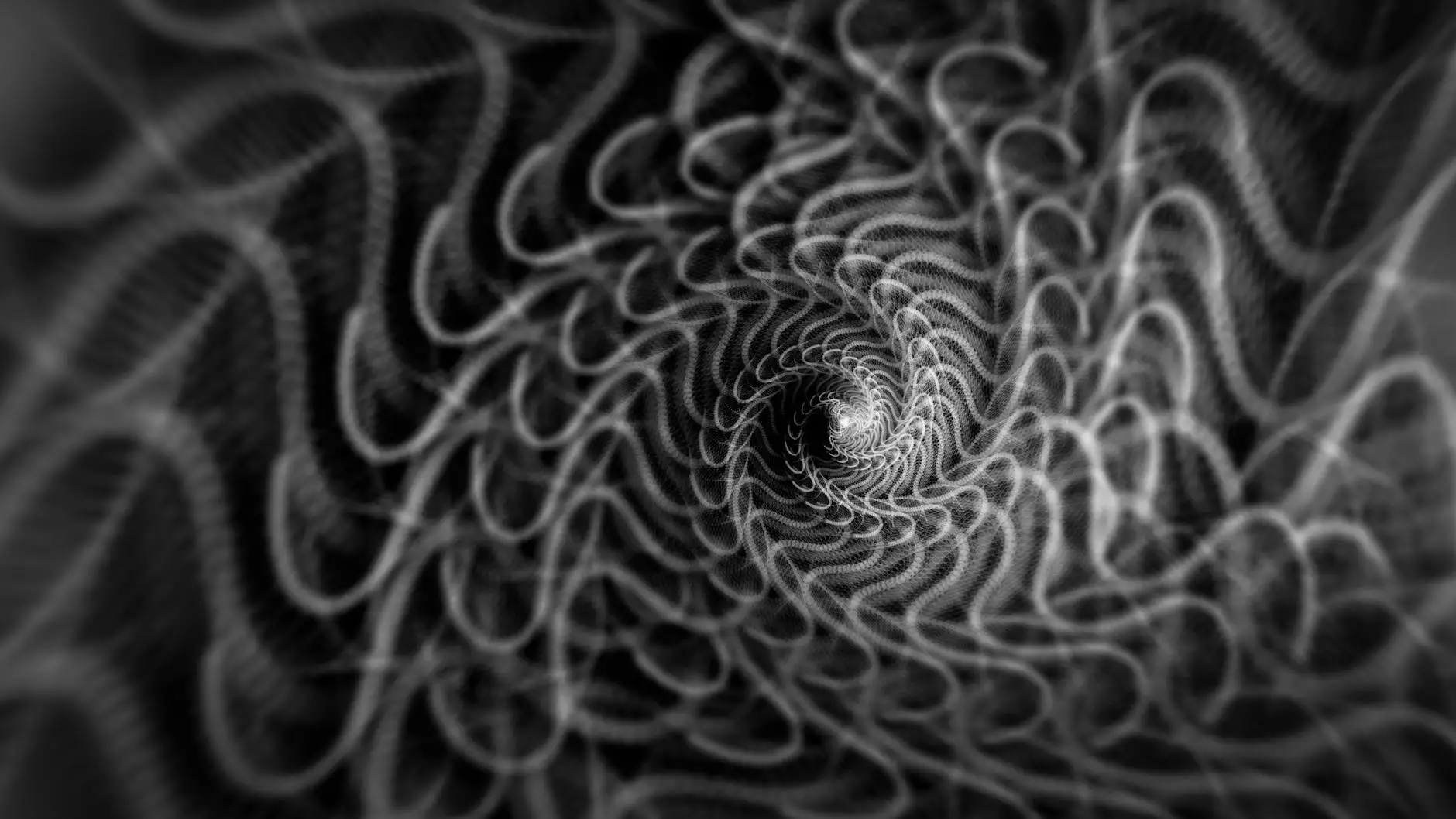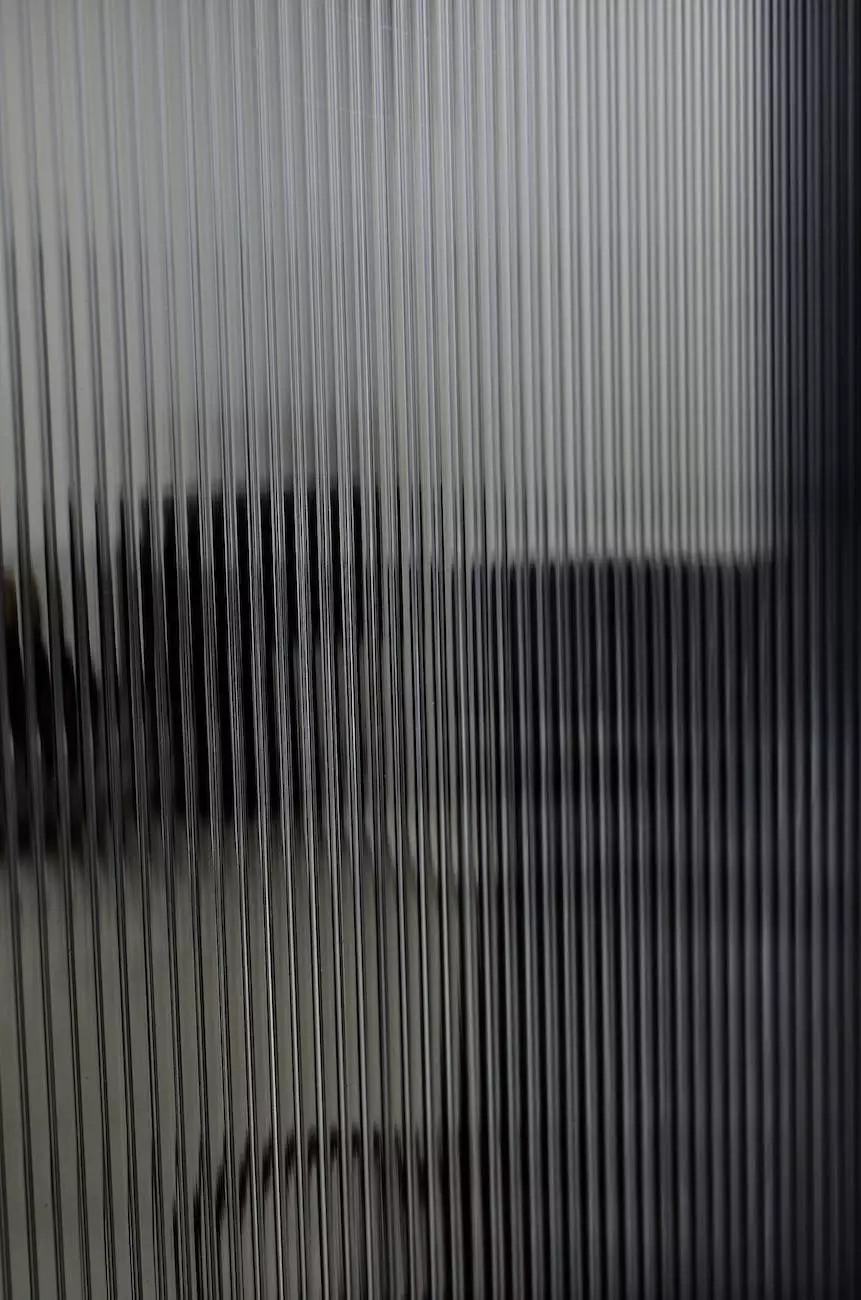How Printer Specifications Affect Your Graphic Design
Blog
Introduction
When it comes to graphic design, understanding printer specifications is crucial for achieving the best possible results. Professional printer specifications can greatly impact the quality, color accuracy, and overall appearance of your printed designs. At Jujub Web Design, we prioritize delivering exceptional graphic design services by considering every aspect, including printer specifications, to ensure your projects turn out beautifully.
The Importance of Printer Specifications
Printer specifications encompass a range of factors that directly affect the final output of your graphic designs. By understanding and carefully selecting the right printer, you can optimize the outcome and realize the full potential of your creative vision.
1. Resolution and DPI
The resolution and DPI (dots per inch) of a printer are crucial considerations in graphic design. A higher resolution and DPI result in sharper, more detailed prints. When aiming for professional-quality designs, it's important to choose a printer with a high DPI and resolution capability to ensure crisp and clear output.
2. Color Gamut
Color accuracy is vital in graphic design. Printer specifications define the color gamut, which refers to the range of colors a printer can reproduce. A printer with a wider color gamut will offer more vibrant and accurate colors, ensuring your designs look as intended. Be sure to choose a printer with superior color gamut to bring your designs to life.
3. Ink Type
The type of ink used by a printer greatly affects the outcome of your graphic designs. Different ink types, such as dye-based or pigment-based, produce different results in terms of color vibrancy, longevity, and resistance to fading. Understanding the characteristics of each ink type and selecting the one that aligns best with your design goals is essential for optimal printing results.
4. Paper Compatibility
Printers are often designed to work best with specific types of paper. Factors such as thickness, texture, and coatings can impact the output quality. Understanding the paper compatibility of your printer ensures that your designs look their best on the chosen medium. Experimenting with different paper options can allow you to create unique effects and enhance the overall impact of your designs.
5. Print Speed
While print speed may not directly impact the quality of your designs, it is an important consideration for efficiency and productivity. Depending on your specific graphic design requirements, opt for a printer that strikes the right balance between speed and quality to meet your project deadlines without compromising on the output.
6. Print Size and Format
The size and format capabilities of a printer are crucial when working on various design projects. Ensure the printer you choose can accommodate the dimensions and formats you require. This includes considering the maximum printable area, aspect ratio, and compatibility with standard design software. Having a printer that can handle diverse print sizes and formats allows you the freedom to explore your creativity without limitations.
Conclusion
Professional printer specifications play a significant role in the success of your graphic design projects. At Jujub Web Design, we understand the importance of these specifications and their impact on the final output. By considering factors such as resolution, color gamut, ink type, paper compatibility, print speed, and print size/format, we ensure that every design we create meets the highest standards. Trust our expertise to deliver exceptional graphic design services that surpass your expectations and bring your vision to life.




